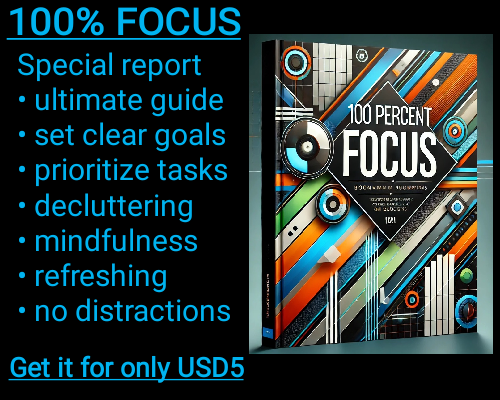For many people, a physical calculator or a built-in app on their phone is the go-to tool for quick calculations. However, Microsoft Excel offers an even better alternative that combines speed, versatility, and functionality. Whether you need to perform basic arithmetic, calculate percentages, or manage more complex operations, Excel can handle it all while keeping a record of your work. Learning to use Excel as your calculator can streamline your tasks and introduce you to its powerful features, even if you’re only scratching the surface of its capabilities.
At its core, Excel is a sophisticated calculator. Every time you open a blank workbook, you’re looking at a grid of cells ready to process your calculations. Unlike a traditional calculator, Excel not only displays your results but also retains your inputs, making it easy to revisit, adjust, or expand your calculations at any time. This makes Excel particularly valuable for tracking financial data, creating budgets, or solving math problems.
To start using Excel as a calculator, all you need to do is select a cell and type in your calculation, preceded by an equal sign (=). For example, if you want to add 50 and 25, you would type =50+25 into a cell and press Enter. Instantly, Excel displays the result—75. The same principle applies to other basic operations. Subtraction uses the minus sign (-), multiplication uses an asterisk (), and division uses a forward slash (/). This intuitive system makes transitioning from a standard calculator to Excel remarkably easy. One of the key advantages of using Excel is its ability to reference other cells in calculations. For instance, if you enter 50 in cell A1 and 25 in cell A2, you can type =A1+A2 in another cell to calculate their sum. This feature allows you to build dynamic spreadsheets where results update automatically if the input values change. Imagine creating a budget where you can adjust expenses in real time and instantly see the impact on your total savings. This level of flexibility is impossible to achieve with a regular calculator. Excel also simplifies working with percentages, a task that often confuses users on traditional calculators. To calculate a percentage in Excel, you only need to reference the appropriate cells and include a multiplication formula. For example, if you want to find 15% of 200, you can type =20015% directly into a cell, and Excel will return 30. If your percentage or base value changes, you can modify the inputs without rewriting the formula, making your calculations adaptable and efficient.
Beyond simple math, Excel provides a range of built-in functions that elevate it far above a basic calculator. Functions like SUM, AVERAGE, MIN, and MAX allow you to perform calculations on entire ranges of data with minimal effort. For example, if you have a list of numbers in column A from A1 to A10, typing =SUM(A1:A10) in a blank cell will calculate their total instantly. Similarly, =AVERAGE(A1:A10) gives you the mean value of the numbers, and =MAX(A1:A10) reveals the largest value in the range. These functions are invaluable for analyzing datasets quickly and accurately.
Another compelling reason to use Excel as your calculator is its ability to handle more complex calculations through nested formulas and advanced functions. Whether you’re solving equations, calculating compound interest, or analyzing statistical data, Excel can perform operations that would be cumbersome or impossible on a traditional calculator. For example, if you need to compute the future value of an investment, the FV function can handle the calculation with ease, requiring only a few input parameters.
Excel’s visual capabilities further enhance its utility as a calculator. By leveraging conditional formatting, you can highlight results based on specific criteria, making trends or outliers in your data more apparent. Additionally, Excel’s charting tools allow you to visualize your calculations, turning raw numbers into graphs that are easier to interpret and share.
Using Excel as a calculator also provides a significant advantage in terms of traceability and documentation. Every calculation you perform is saved in the spreadsheet, creating a record that can be reviewed, audited, or shared. This is particularly important in professional settings where accuracy and transparency are essential. Instead of redoing calculations to verify results, you can simply double-check the formulas and inputs in your Excel file.
Despite its many advantages, some users hesitate to use Excel for quick calculations, assuming it’s overkill for simple tasks. However, the opposite is true—Excel can be just as quick and easy as a traditional calculator once you’re familiar with its interface. The ability to type directly into cells, save your work, and build upon existing calculations makes it a more practical choice in the long run.
Using Excel as Your Calculator
Using Excel as Your Calculator

